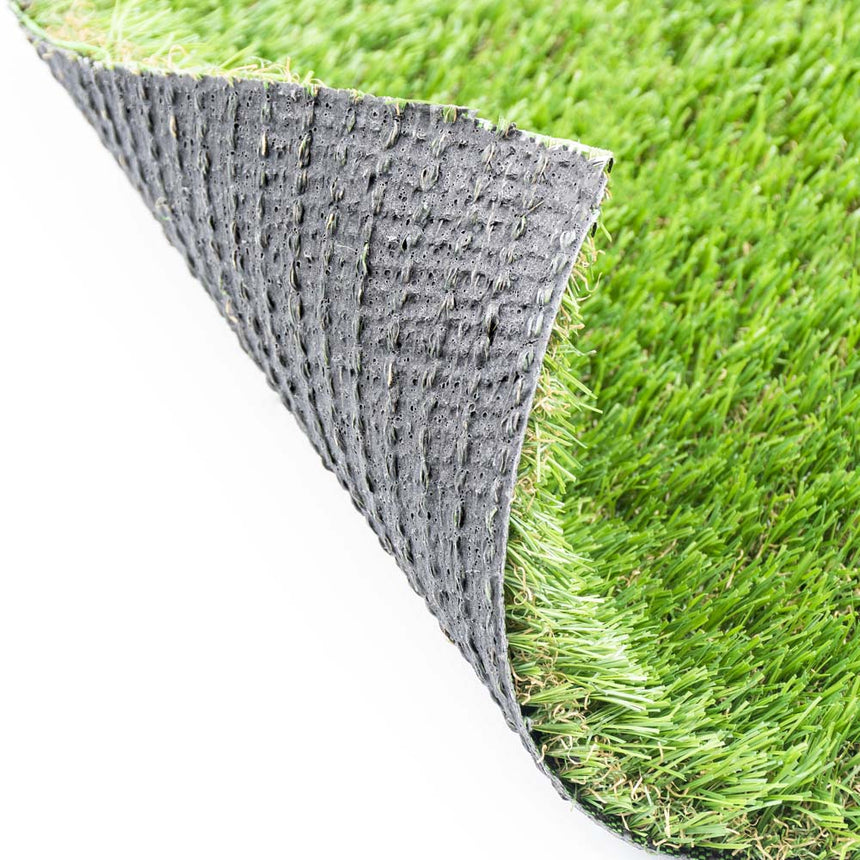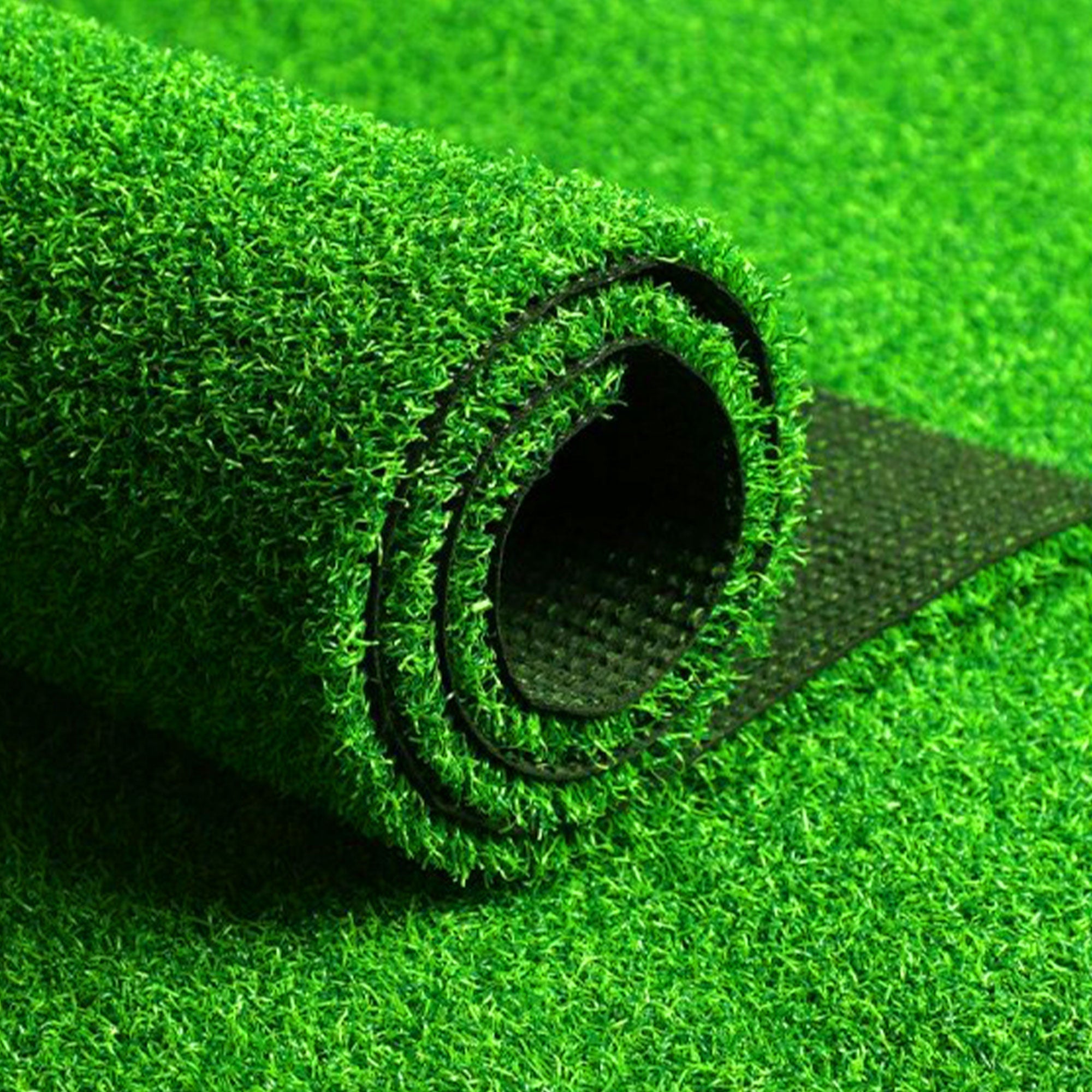Just How Does Synthetic Grass Installation Transform Your Landscape?
The setup of artificial lawn provides a complex opportunity for landscape change, using a blend of visual improvement and sensible advantages. Beyond the instant aesthetic charm of a regularly green space, synthetic grass substantially reduces upkeep needs and water intake. Its adaptability allows for creative landscape design solutions customized to different environments, making it an engaging selection for both commercial and property applications. The ramifications of such a makeover extend beyond mere aesthetic appeals and comfort, triggering further exploration right into the long-term effects on price, environmental sustainability, and general landscape wellness.
Advantages of Synthetic Turf
When taking into consideration landscape design options, the advantages of synthetic grass become increasingly evident. One of the most substantial advantages is its low upkeep needs. Unlike natural lawn, which demands routine mowing, watering, and fertilization, synthetic grass preserves its lush appearance without these labor-intensive jobs. This permits residential property proprietors to designate their time and sources to other searches.
Additionally, artificial grass supplies a consistent having fun surface, making it optimal for leisure areas and sporting activities fields. Mesa artificial grass. Its toughness guarantees that it can endure hefty foot traffic without the deterioration connected with all-natural yard, hence advertising year-round use
Environmental benefits also play a critical duty in the allure of synthetic lawn. By removing the requirement for herbicides and pesticides, it adds to a healthier community. Additionally, the decrease in water use is considerable, especially in areas susceptible to drought.
Furthermore, synthetic grass improves aesthetic charm, offering a lively green landscape that remains uniform throughout the periods. This consistency can elevate property value and curb charm, making it an eye-catching choice for property owners and organizations alike. In summary, the numerous advantages of synthetic grass make it a compelling choice for modern landscaping services.
Expense Financial Savings With Time

First of all, artificial lawn removes the demand for persisting expenses connected to water, fertilizers, pesticides, and grass upkeep services (Mesa artificial grass). Property owners can expect to save significantly on their water costs, particularly in regions prone to drought, where watering of natural turf can become excessively costly. Furthermore, the minimized demand for chemical treatments not just decreases costs but additionally decreases labor costs connected with yard care
In addition, synthetic lawn is made for sturdiness, lasting between 15 to 25 years with proper upkeep. This longevity implies less replacements and fixings, bring about additional savings. Over time, the advancing financial advantages of man-made lawn can considerably exceed the first costs, making it a smart investment for those seeking to enhance their landscapes while also managing their budgets successfully. In summary, the long-lasting expense savings connected with synthetic grass make it an eye-catching option for house owners looking for both looks and economic prudence.
Ecological Impact
The environmental influence of synthetic grass is a subject of considerable rate of interest and dispute. Advocates say that artificial turf preserves water, as it gets rid of the need for irrigation, which is particularly helpful in dry regions. This water conservation can bring about you can try these out lowered pressure on regional water resources and lower utility costs for property owners. Furthermore, synthetic turf eliminates the necessity for chemical plant foods and pesticides, which can position threats to neighborhood ecological communities.
However, problems about the ecological impact of synthetic turf persist. The production of synthetic products often needs significant energy and petroleum sources, adding to carbon discharges. Additionally, when synthetic grass gets to the end of its life process, disposal can end up being bothersome, as lots of items are not naturally degradable and can wind up in landfills.
Another area of problem is the possibility for microplastics to leach right into the soil and rivers, which can adversely affect water life and communities. While man-made turf provides specific ecological advantages, it also presents challenges that warrant mindful factor to consider. Balancing the advantages of water preservation with the eco-friendly effects of production and disposal is important for making educated landscape design choices.
Style Convenience
Artificial lawn opens up a globe of layout flexibility, enabling house owners and landscape architects to create aesthetically pleasing and useful outside rooms. Unlike typical yard, synthetic grass can be tailored to fit various styles, designs, and purposes, improving the general landscape layout.
One of the key benefits of synthetic turf is its adaptability. Home owners can choose from a variety of structures, shades, and stack heights, guaranteeing that the grass complements existing functions and building components.

Upkeep and Long Life
With marginal upkeep called for, synthetic grass provides a functional remedy for property owners looking for a low-maintenance landscaping option. Unlike natural yard, which demands routine mowing, watering, and fertilizing, synthetic turf significantly minimizes the time and effort required to keep an appealing backyard.
The long life of synthetic grass is an additional engaging benefit. Top quality artificial turf is engineered to stand up to different climate conditions, guaranteeing resilience gradually. Typically, man-made lawn can last in between 15 to 25 years, relying on the top quality of materials made use of and the degree of foot traffic it withstands. This longevity translates into long-lasting cost savings, as home click for more info owners are much less regularly called for to change or repair their landscape.
Moreover, upkeep tasks for synthetic turf are straightforward. Periodic brushing to maintain the blades upright, rinsing to remove debris, and routine infill replenishment are generally adequate to maintain its look and capability. This simplicity of maintenance permits property owners to appreciate their outside spaces without the problem of substantial labor.
Final Thought
In conclusion, artificial lawn installation considerably improves landscapes by giving a vibrant, low-maintenance alternative to all-natural lawn. The advantages consist of considerable price savings, a positive environmental influence via reduced water usage and chemical therapies, and exceptional layout convenience that fits numerous exterior looks. Furthermore, the durability of get redirected here fabricated grass makes sure longevity also under hefty foot traffic. In general, synthetic grass arises as a practical and lasting remedy for changing outdoor areas right into functional and visually enticing atmospheres.

In conclusion, synthetic grass installation significantly boosts landscapes by providing a vibrant, low-maintenance alternative to all-natural yard.